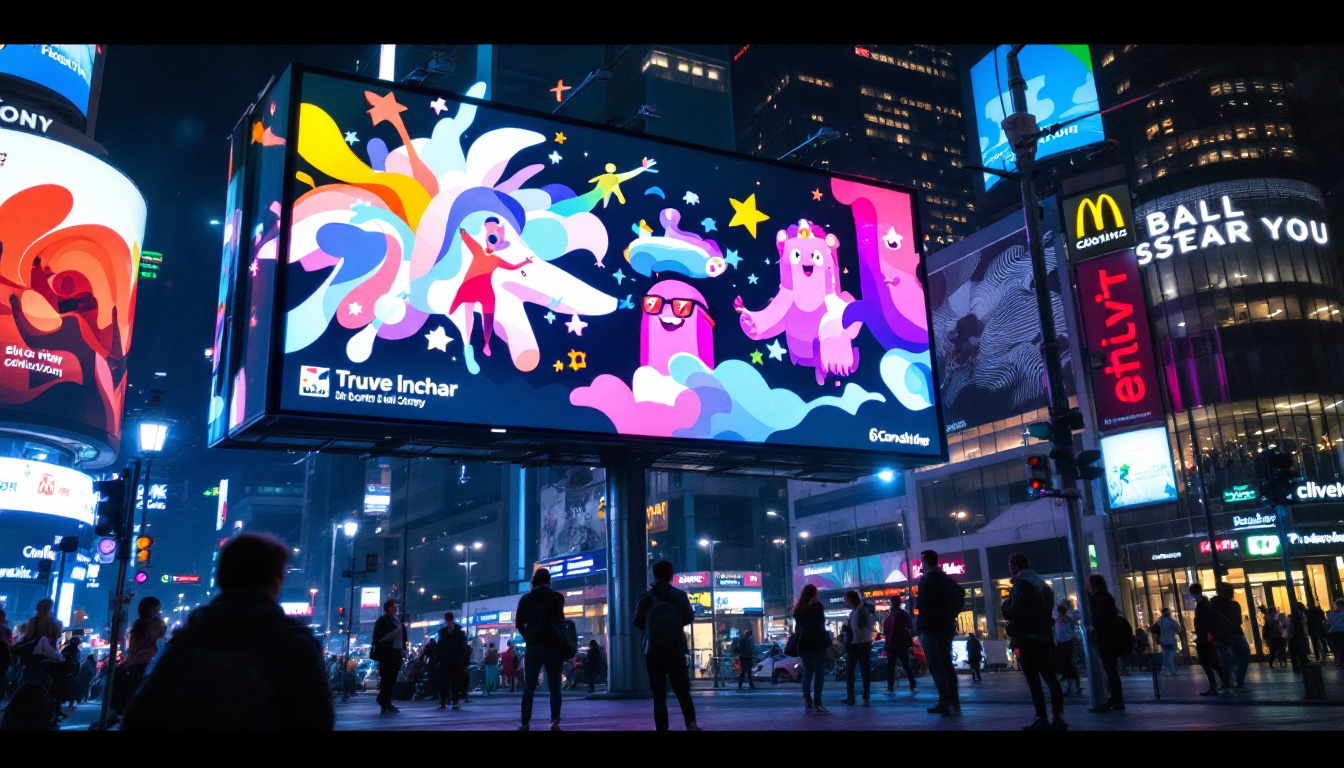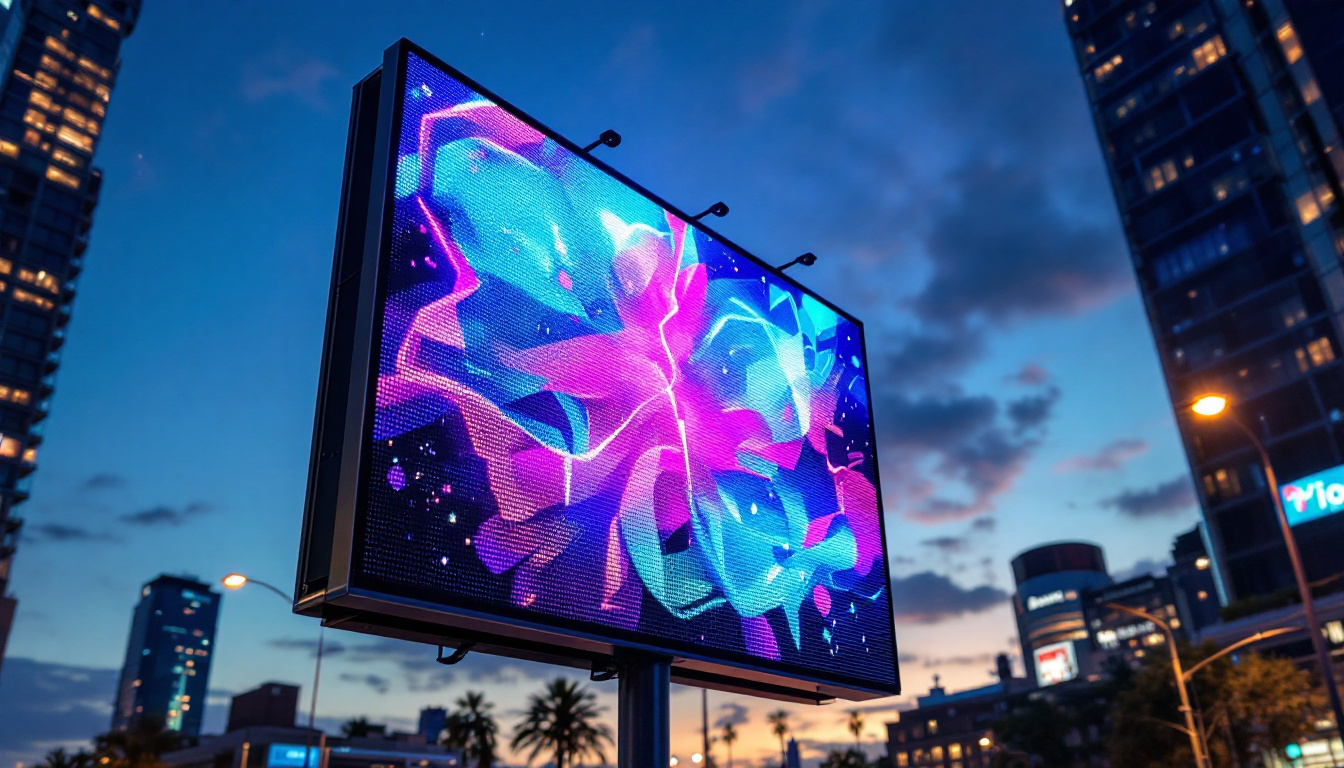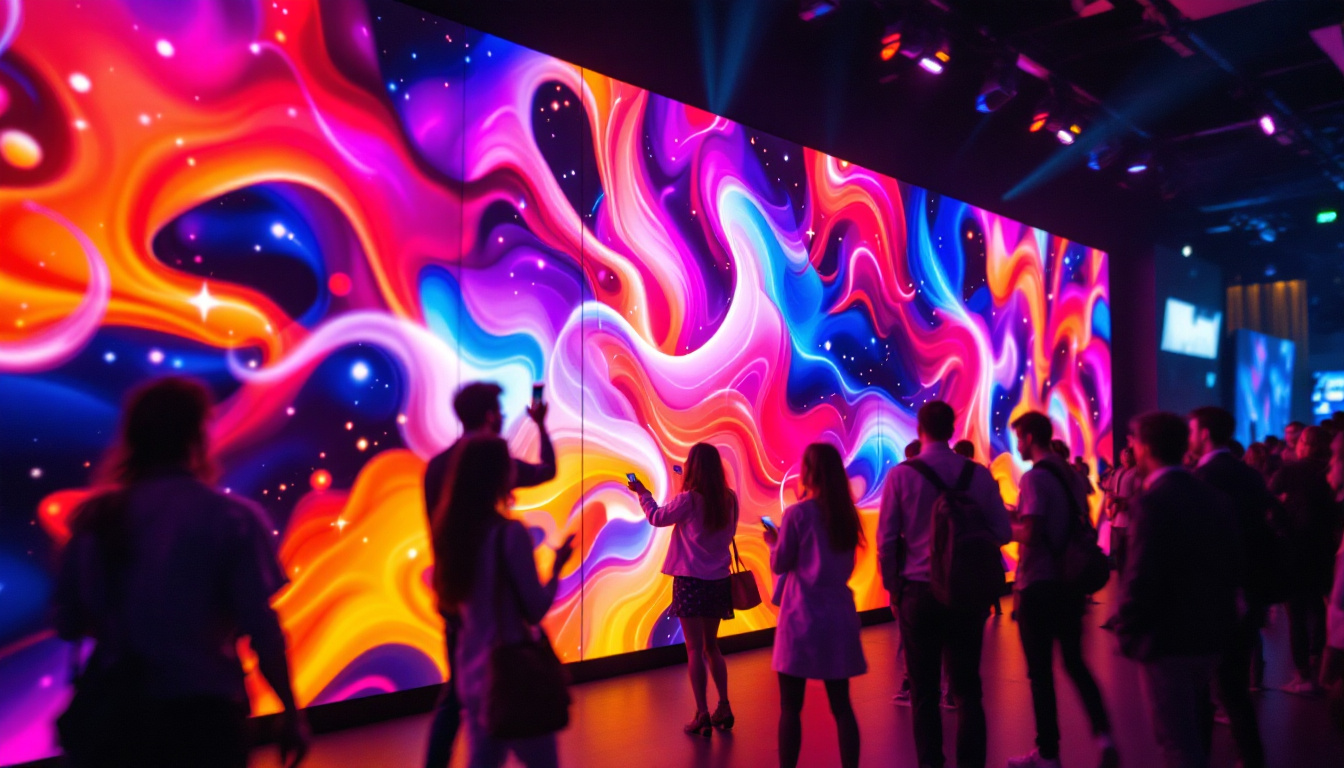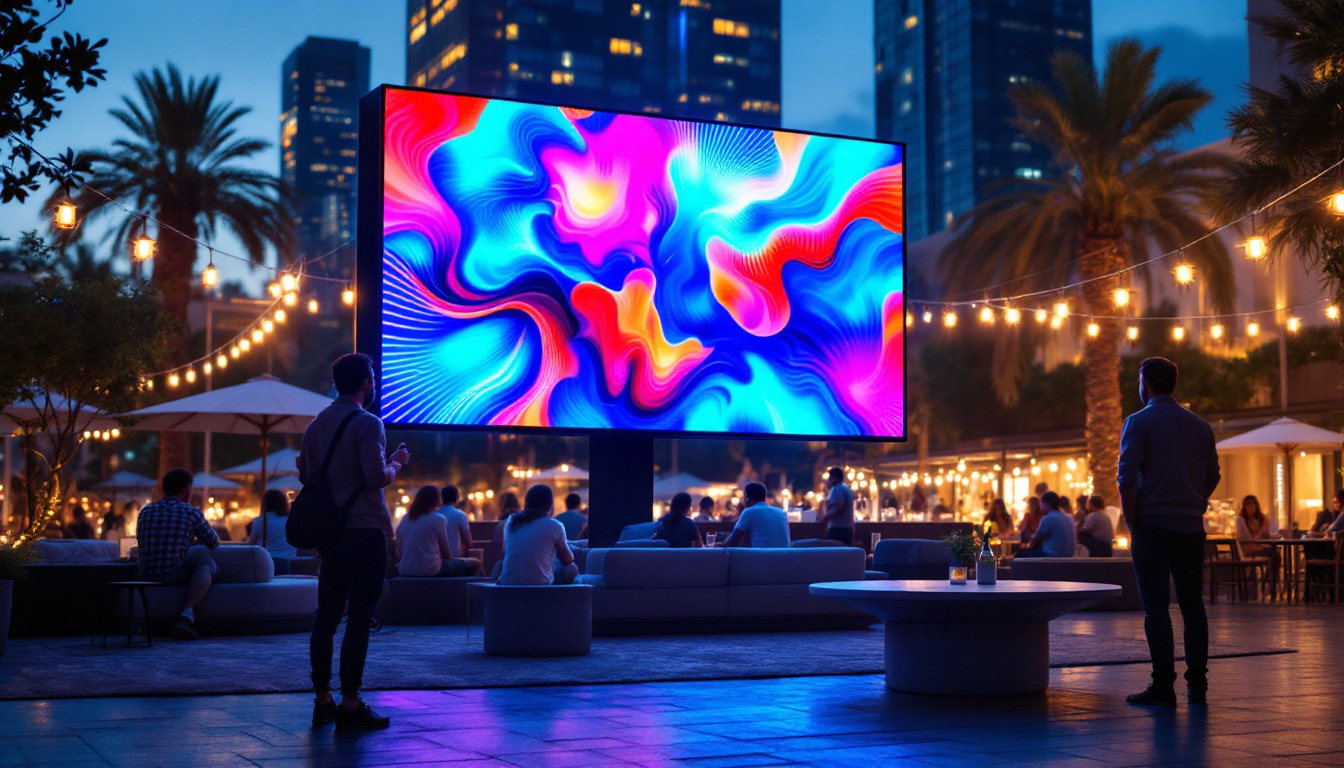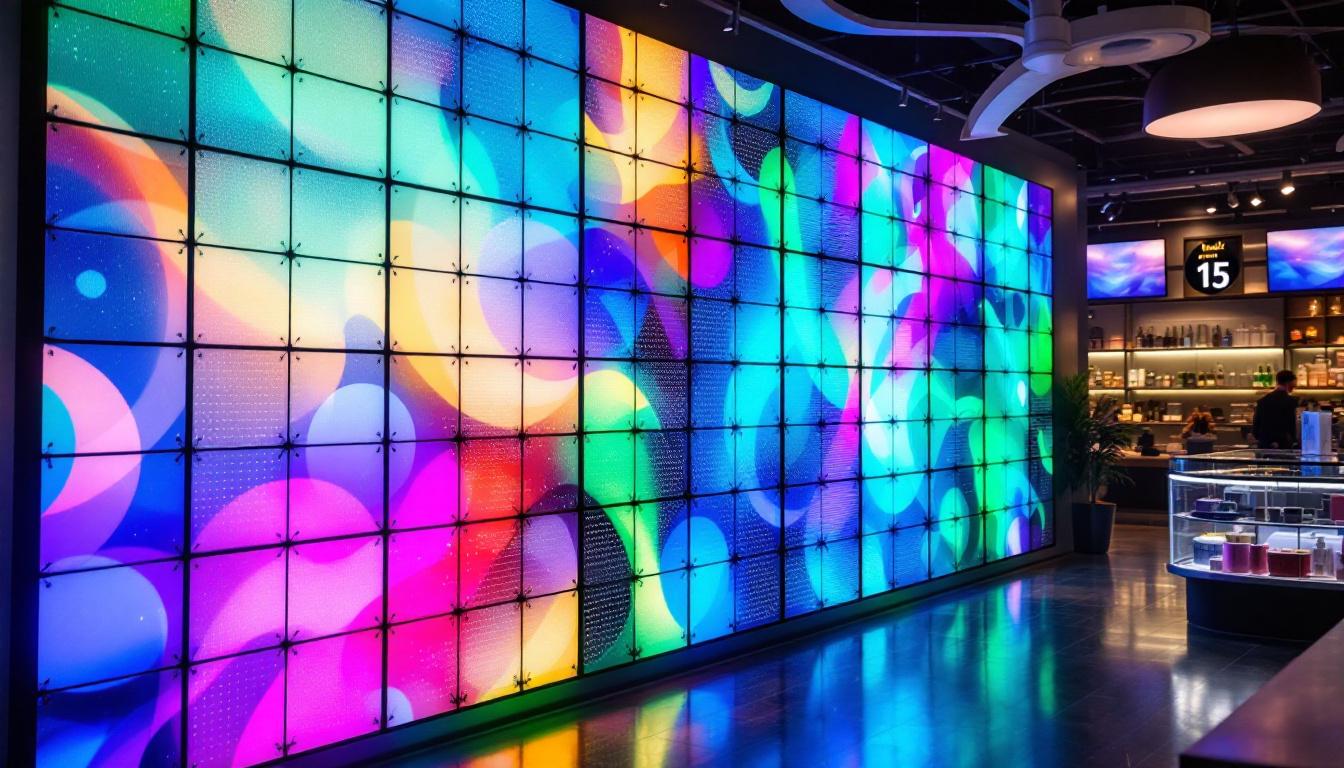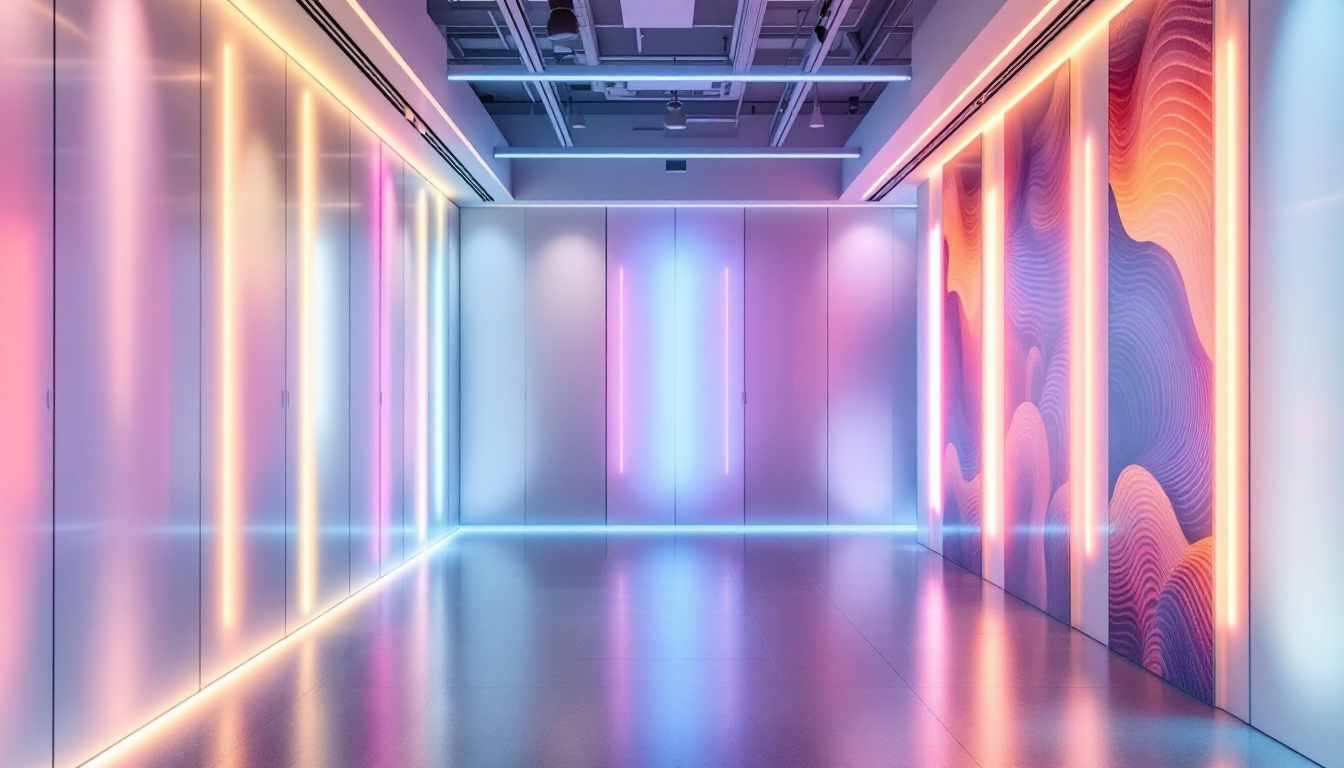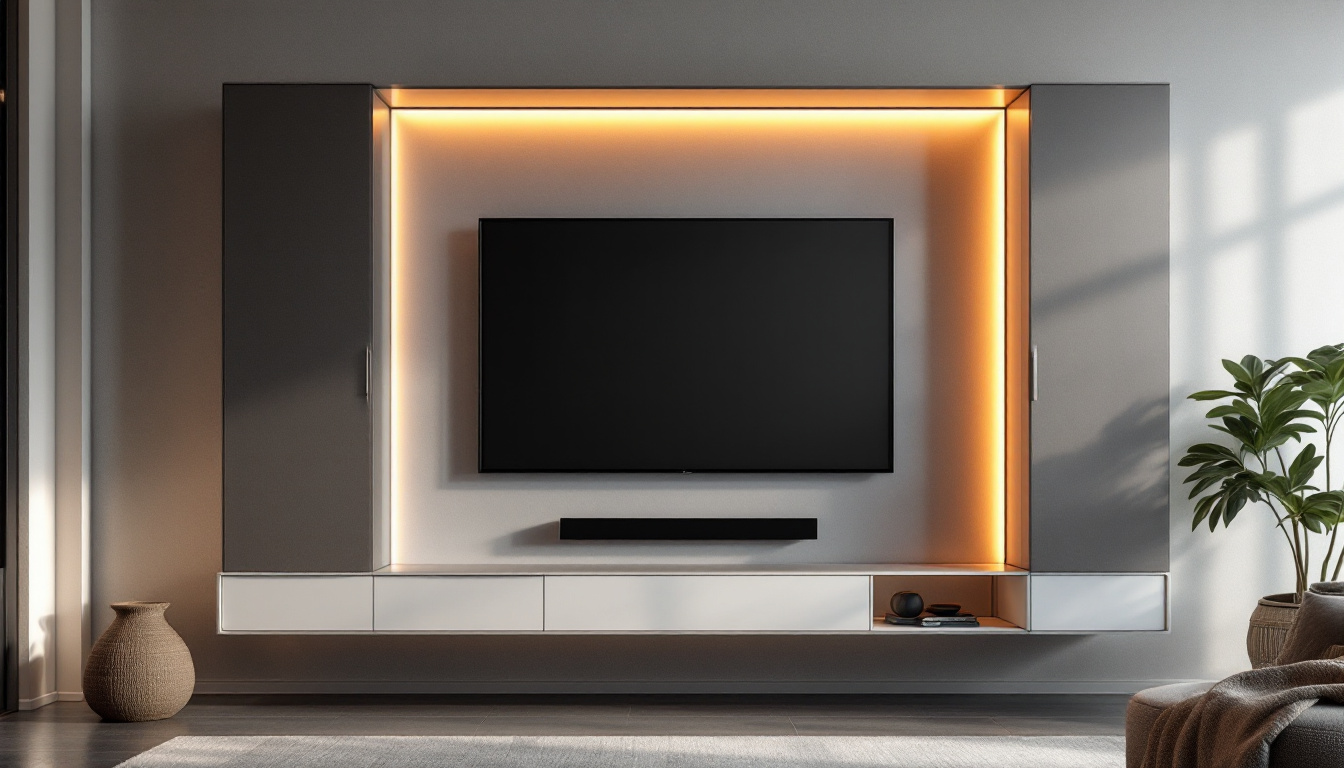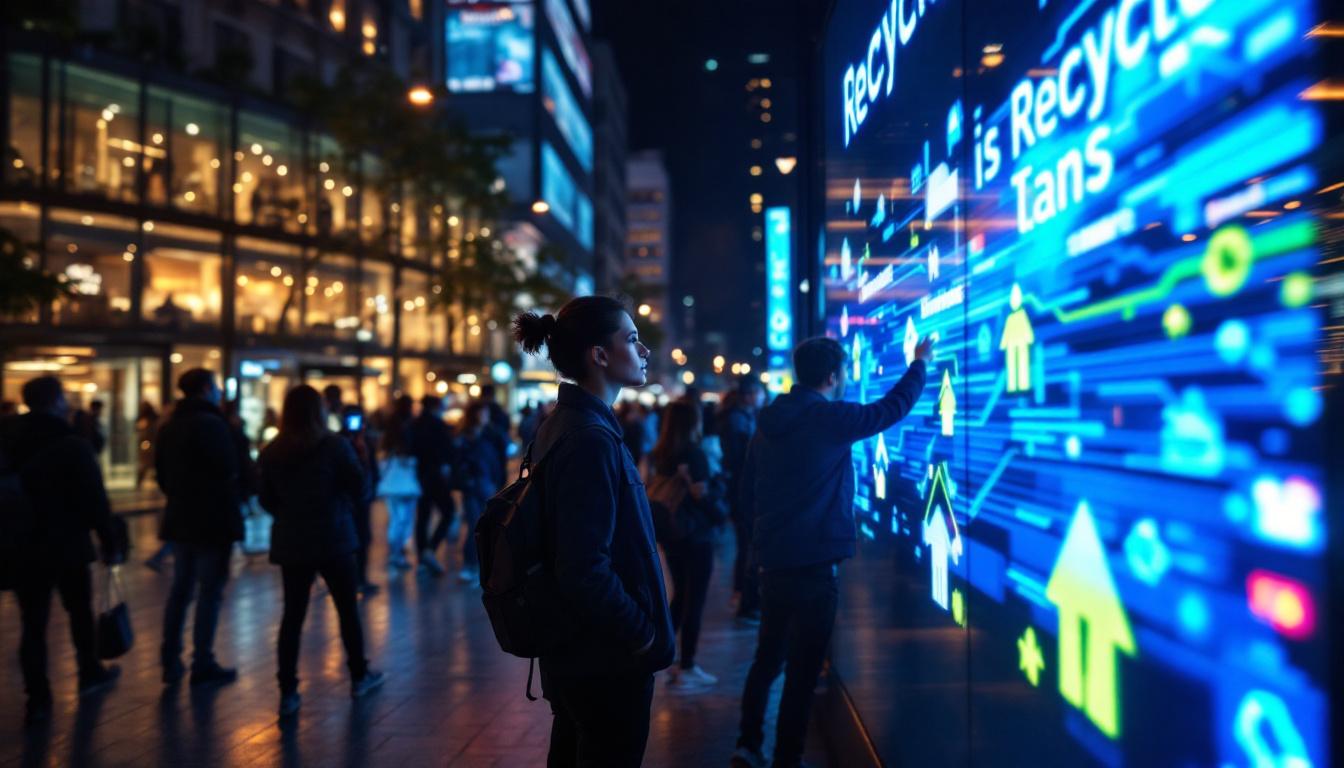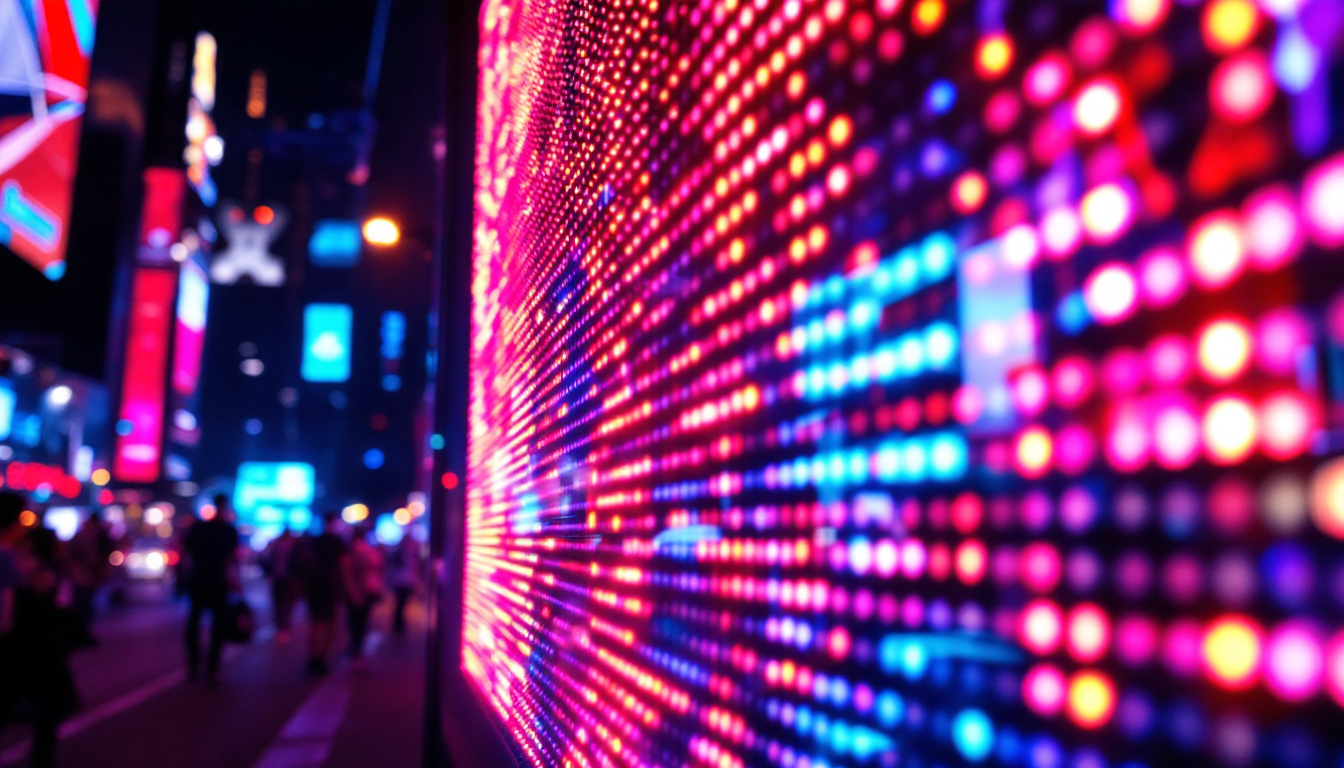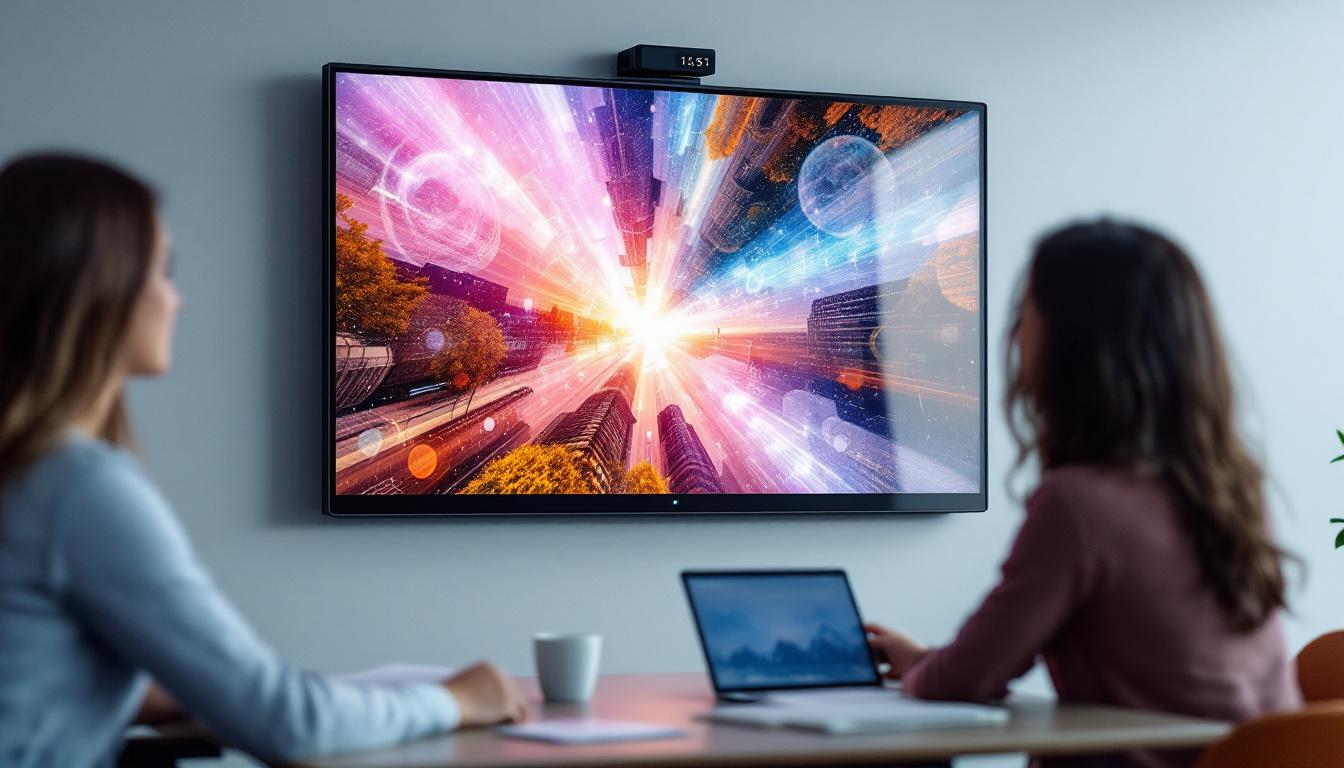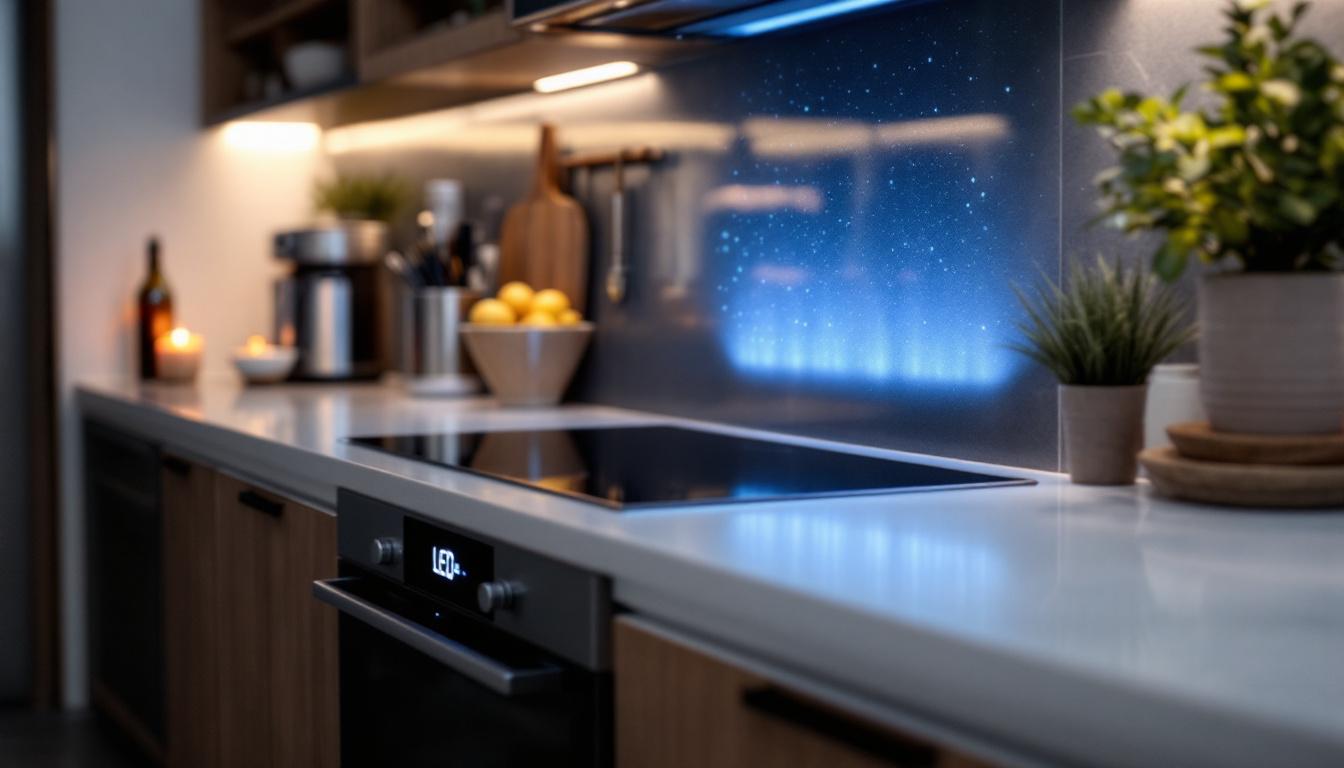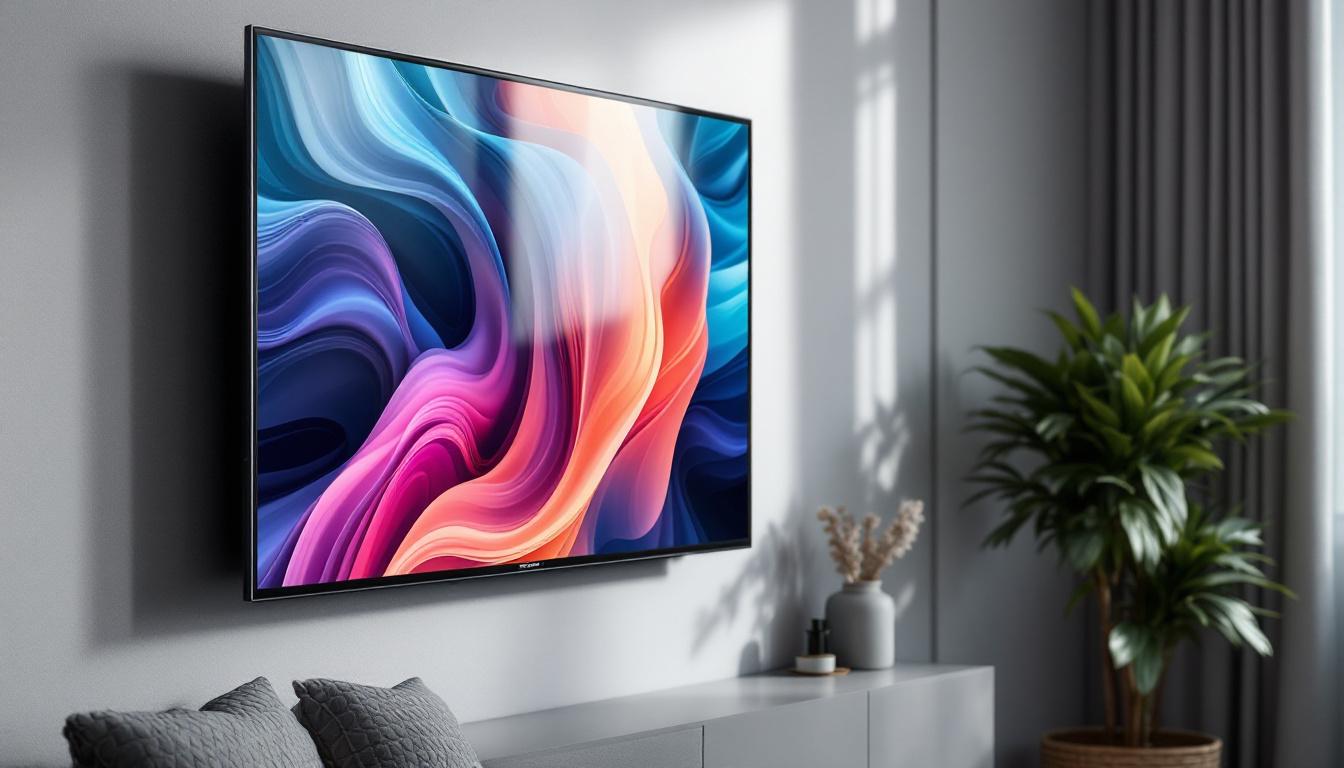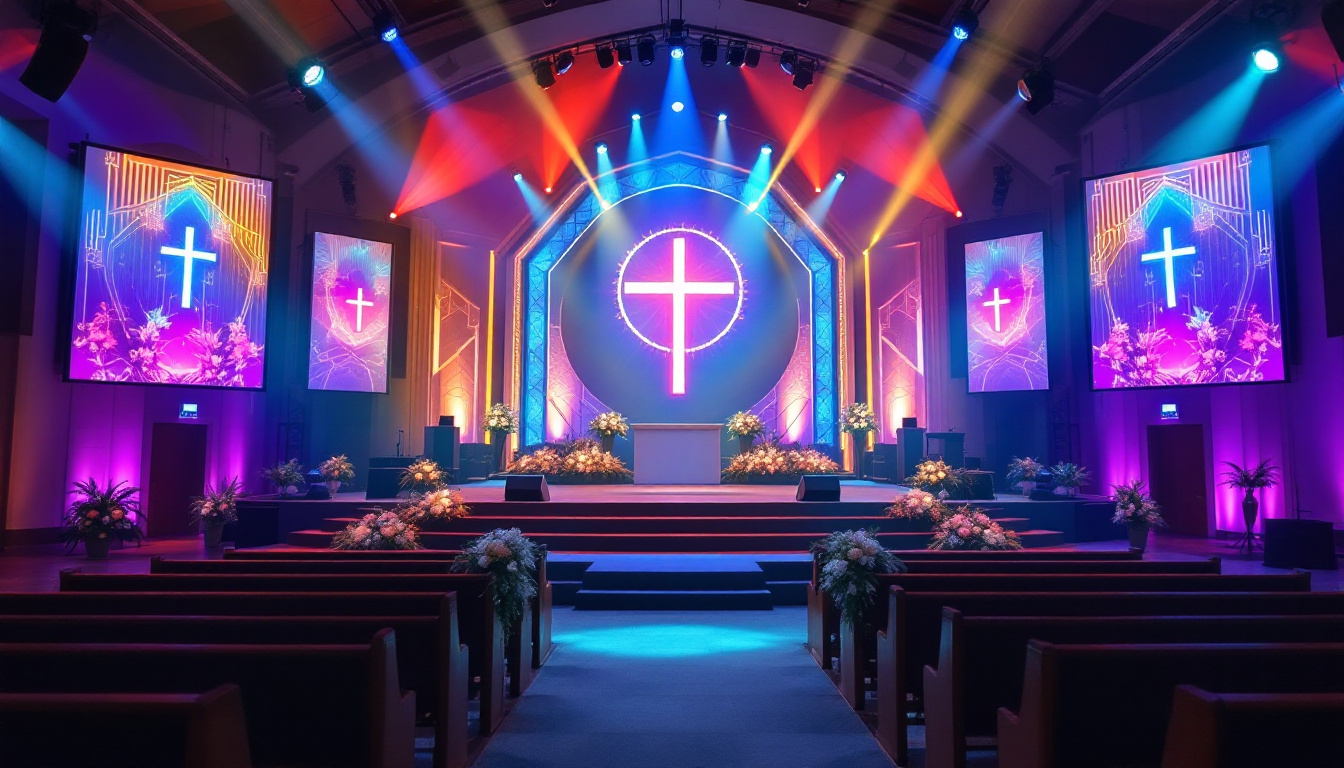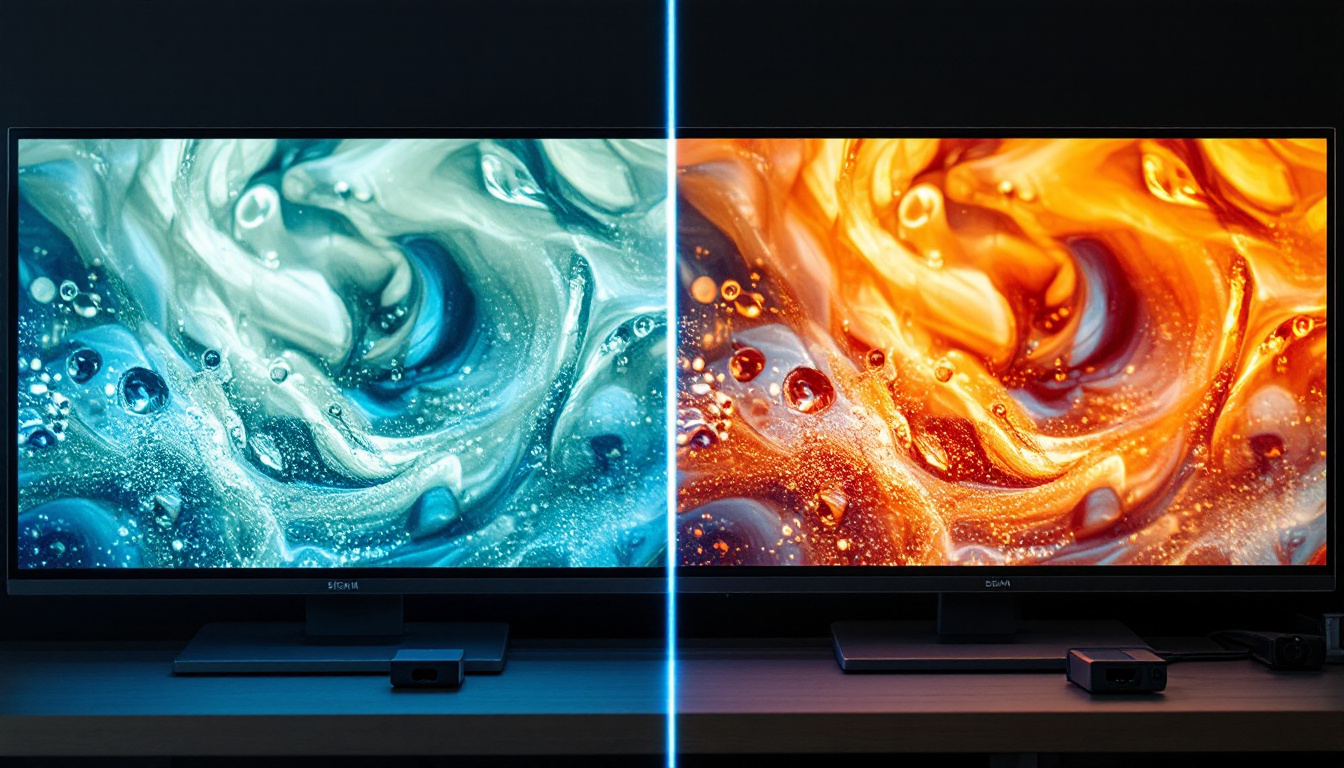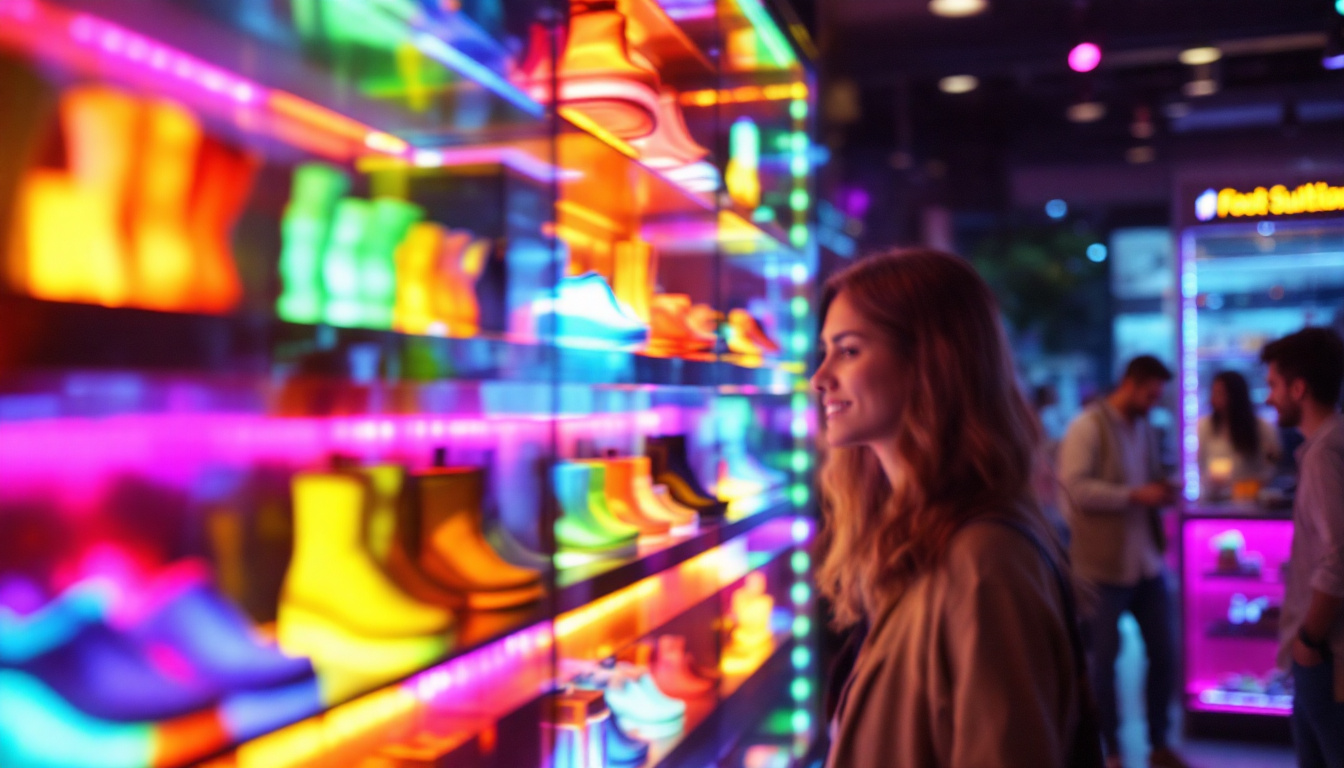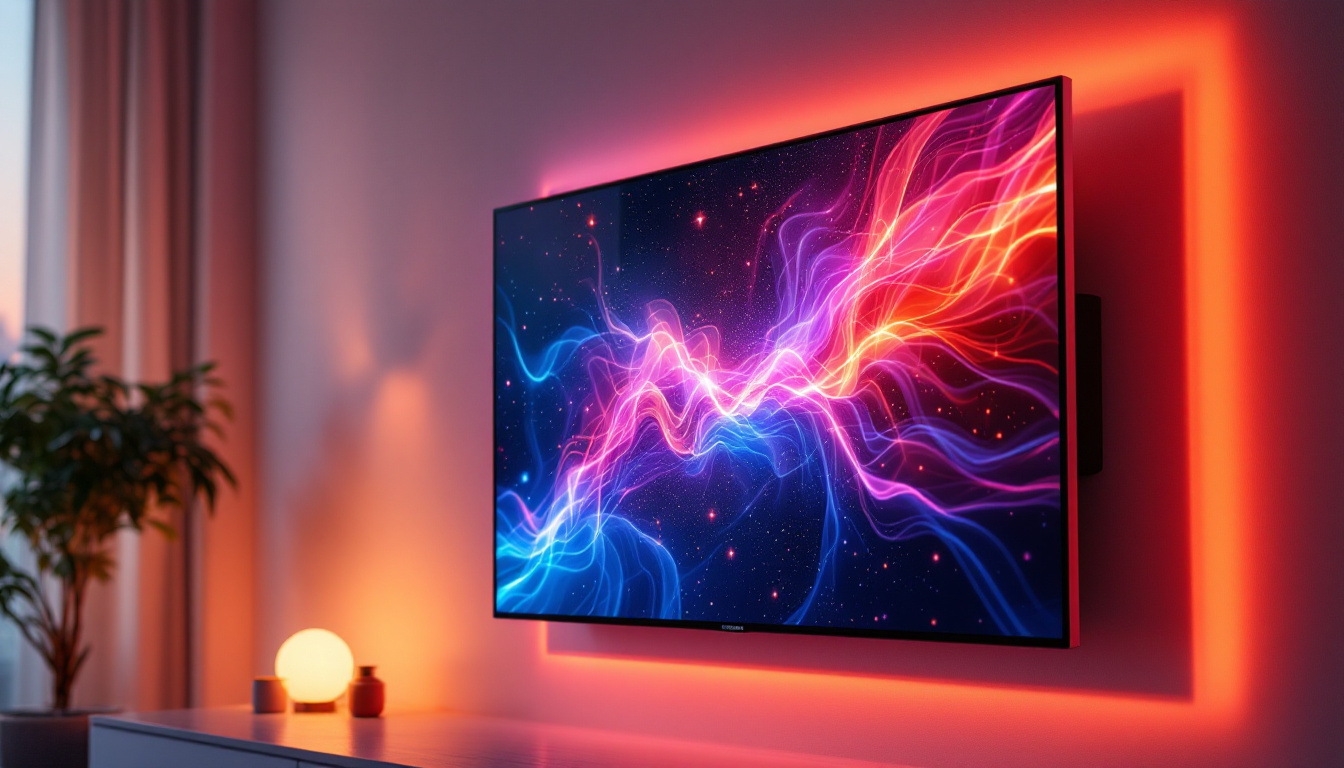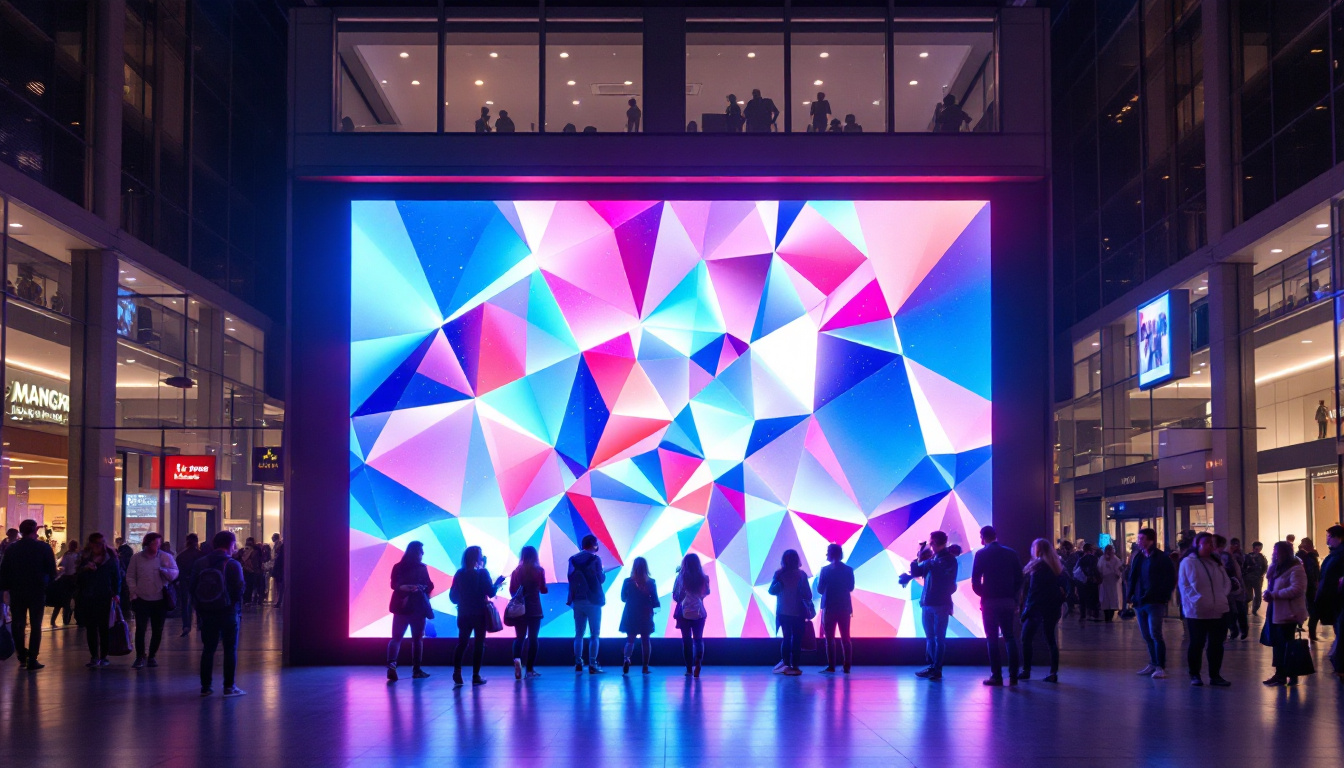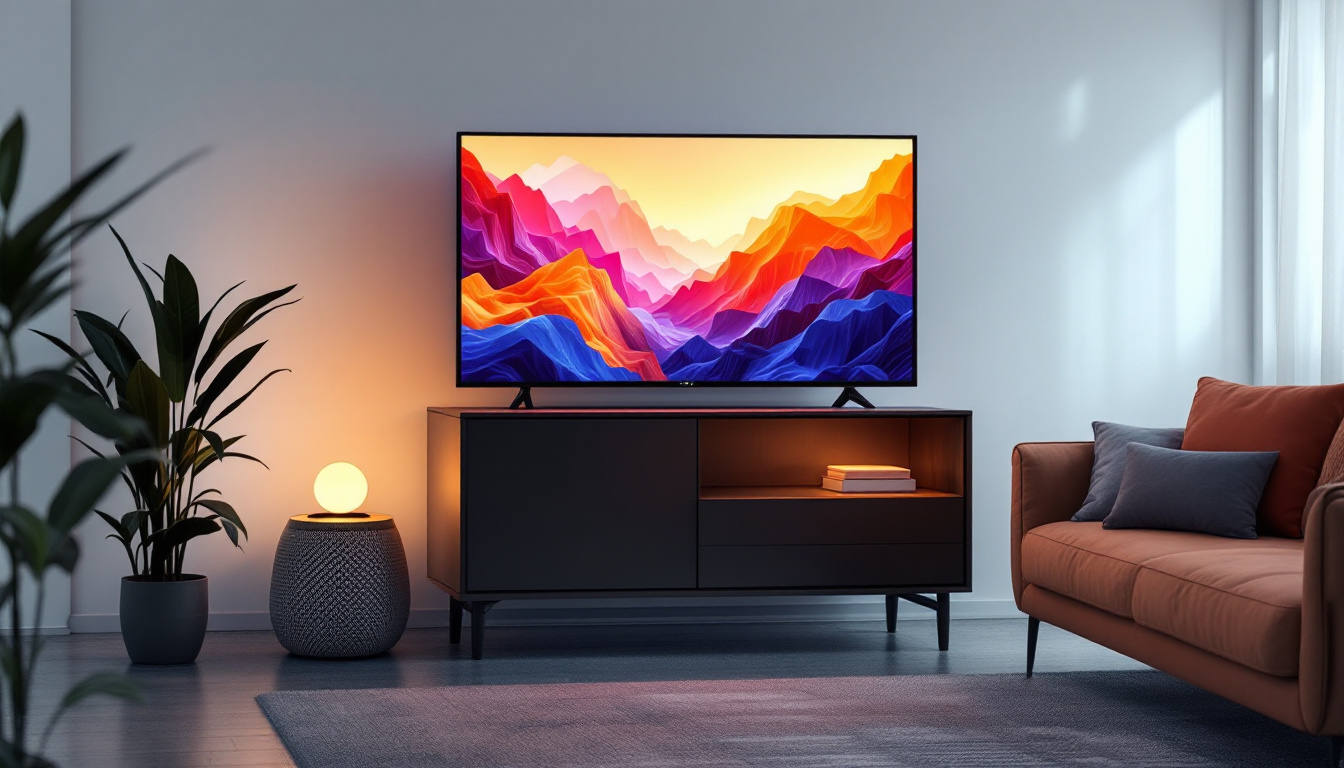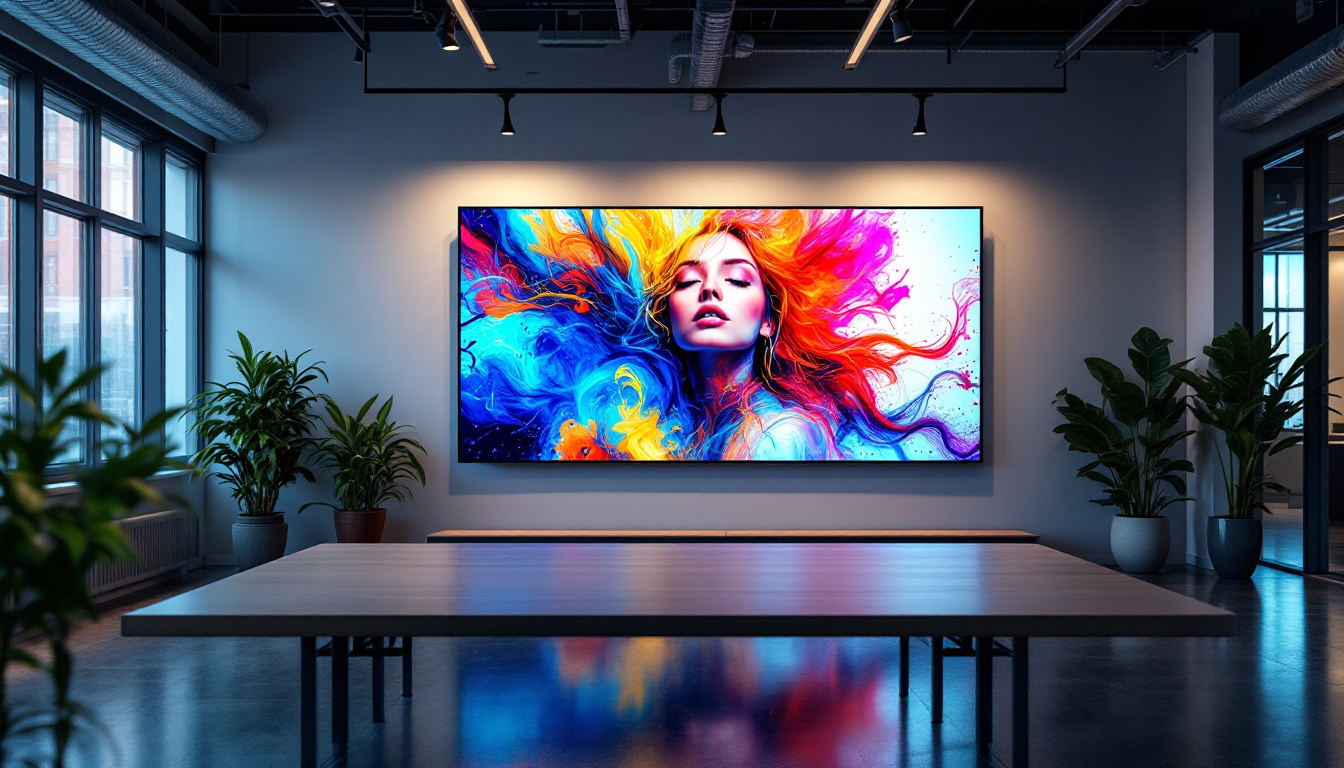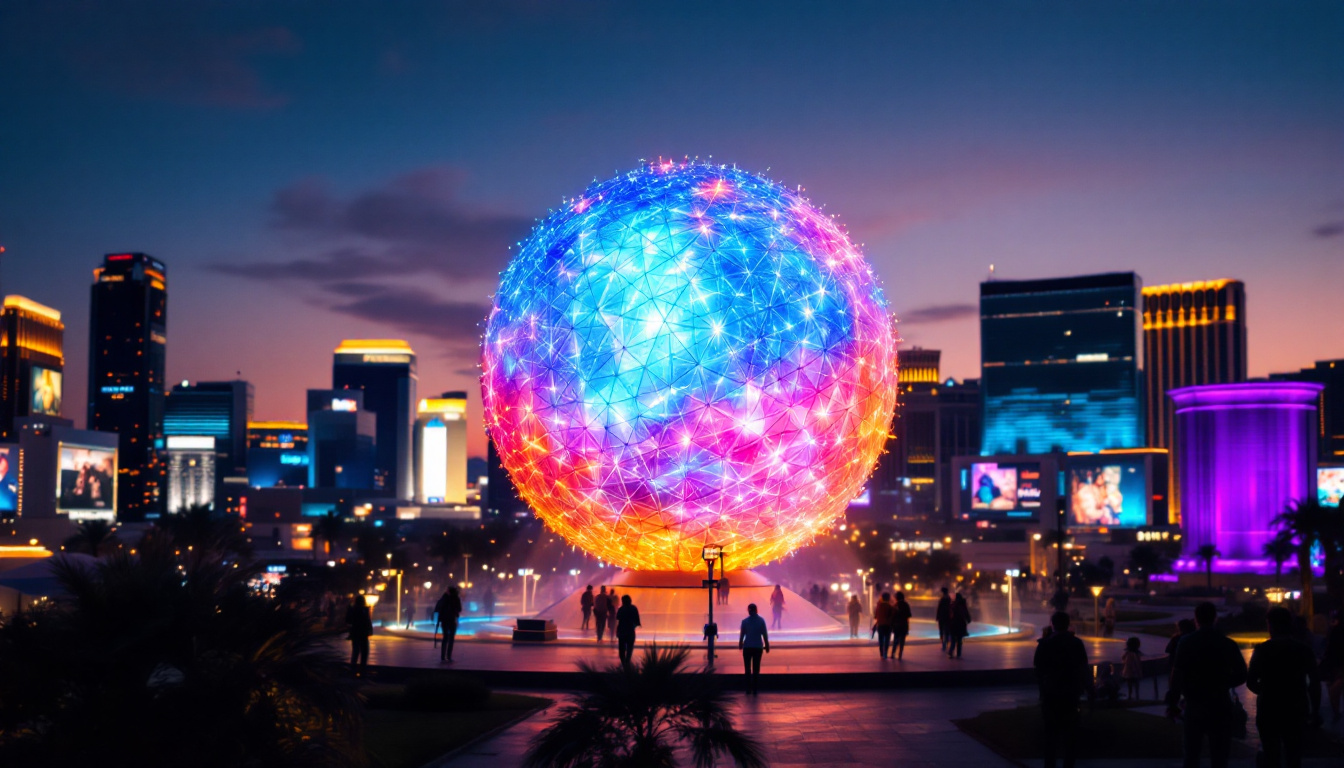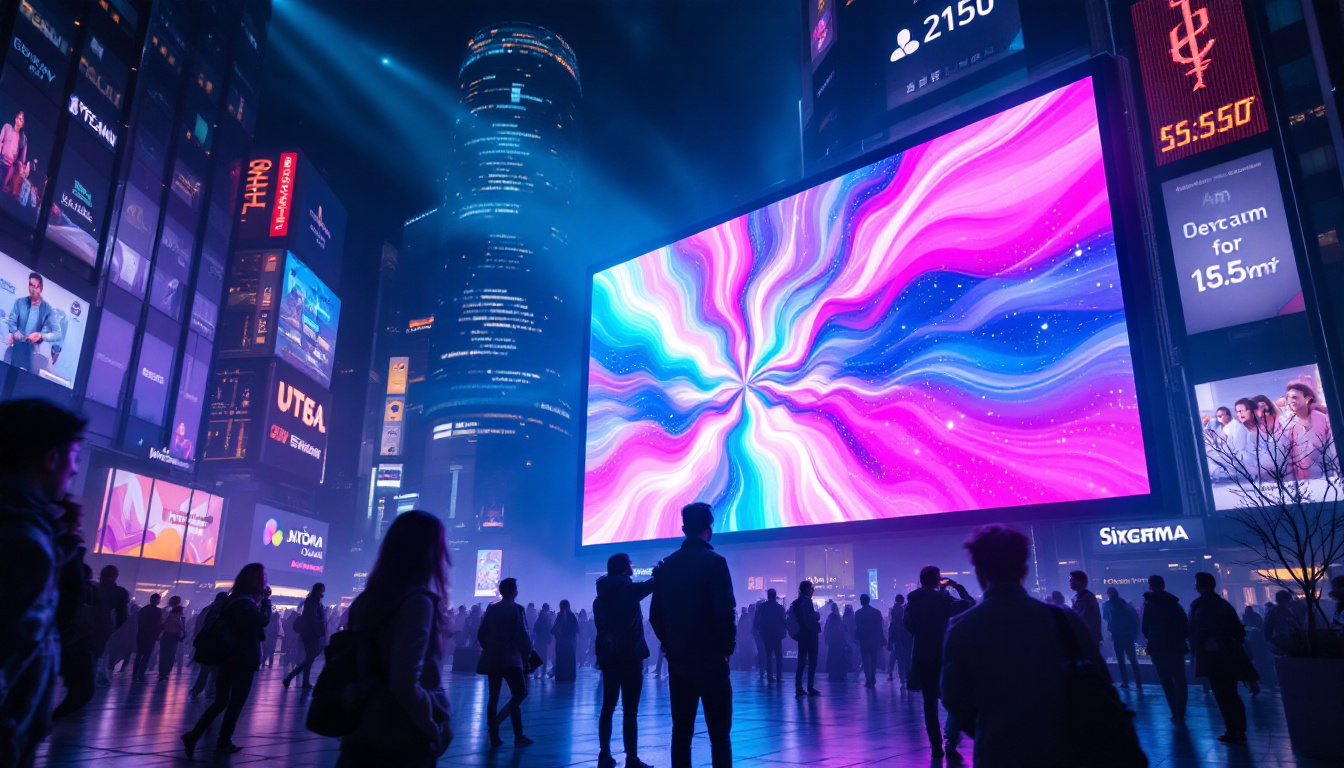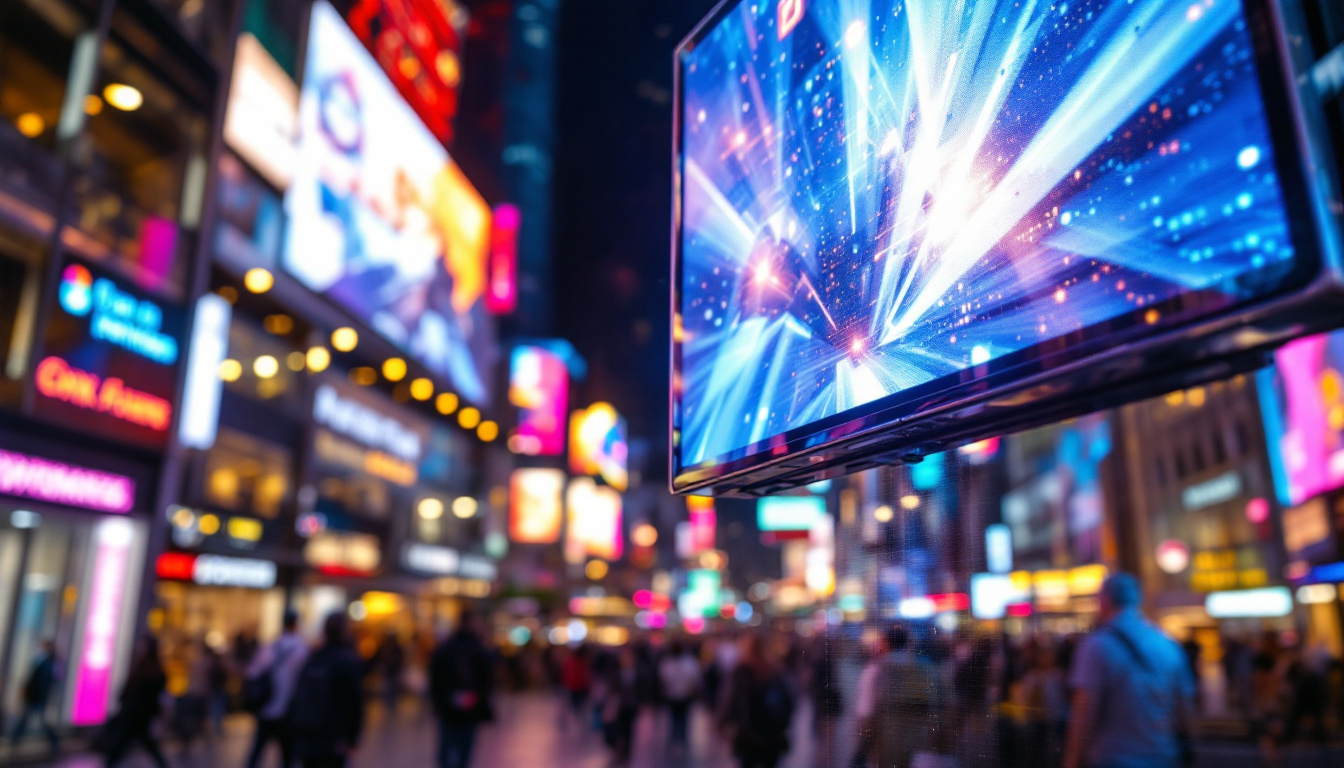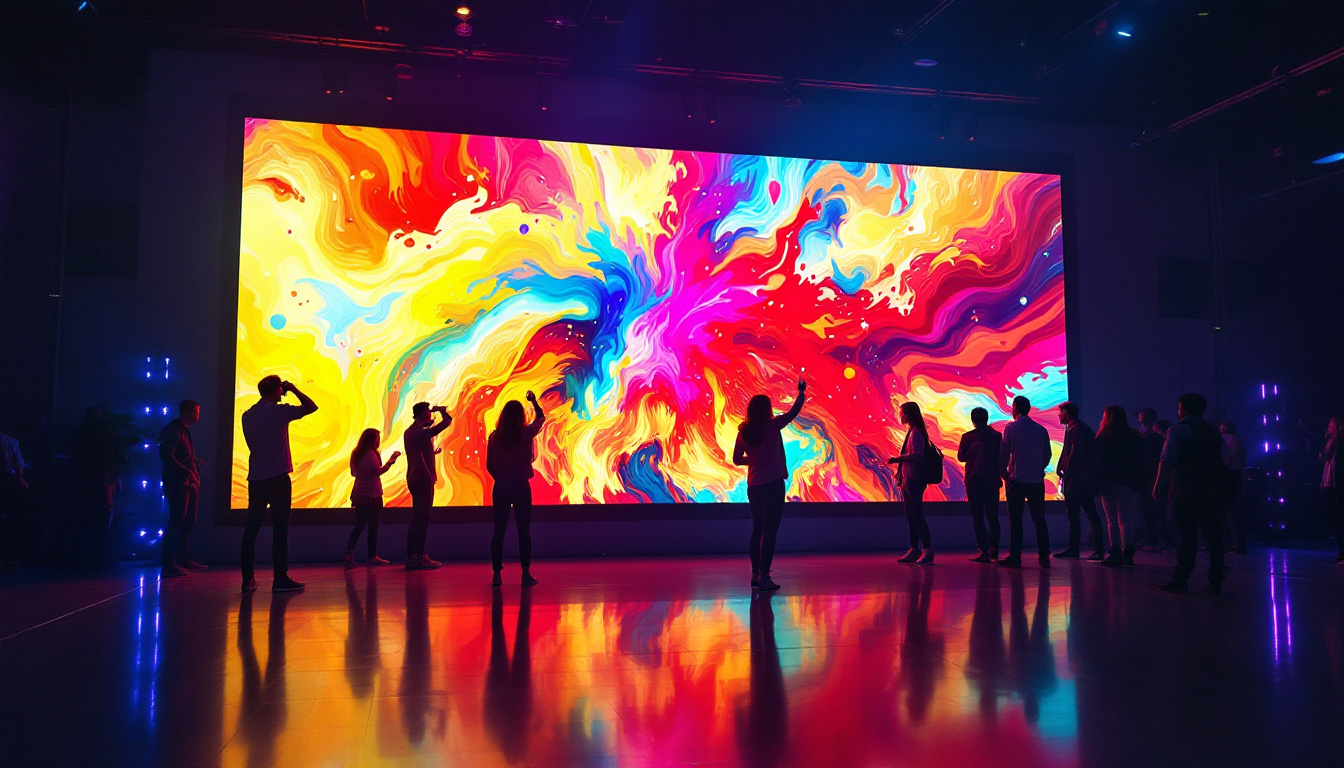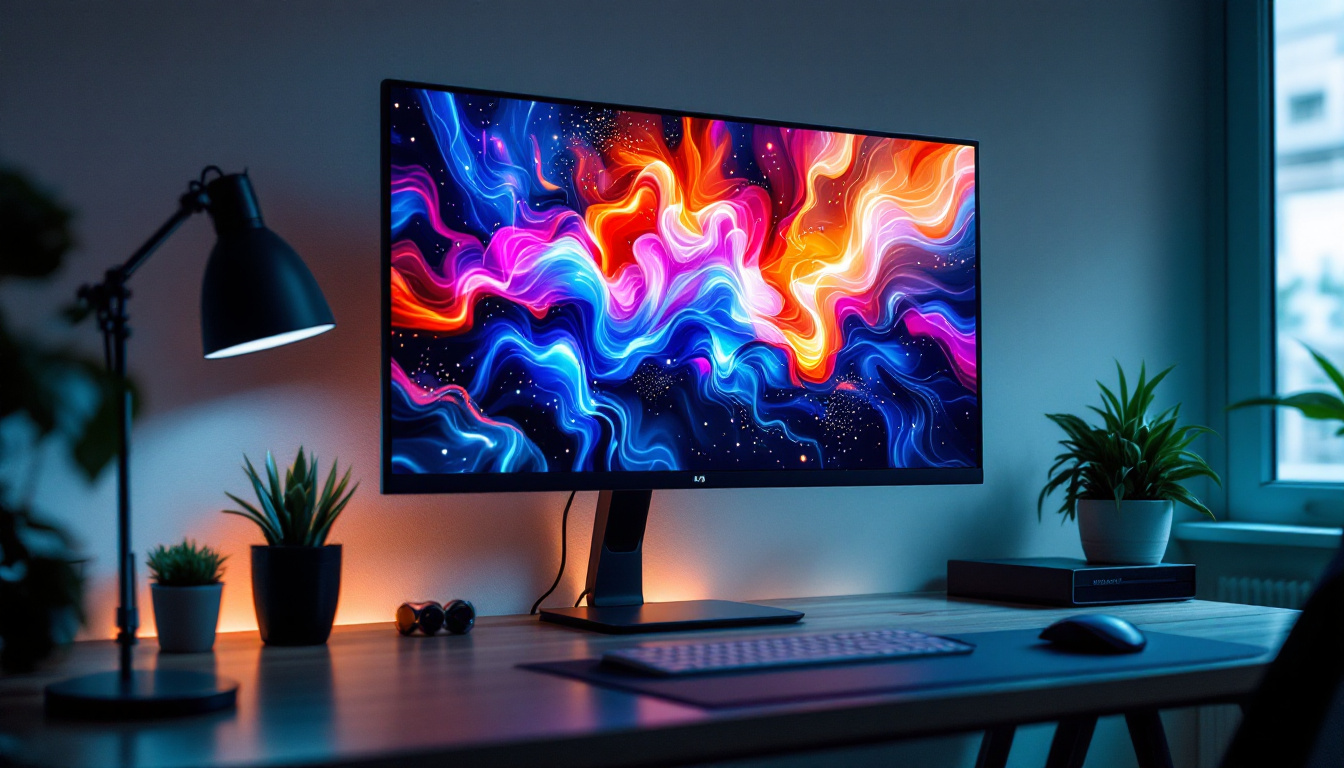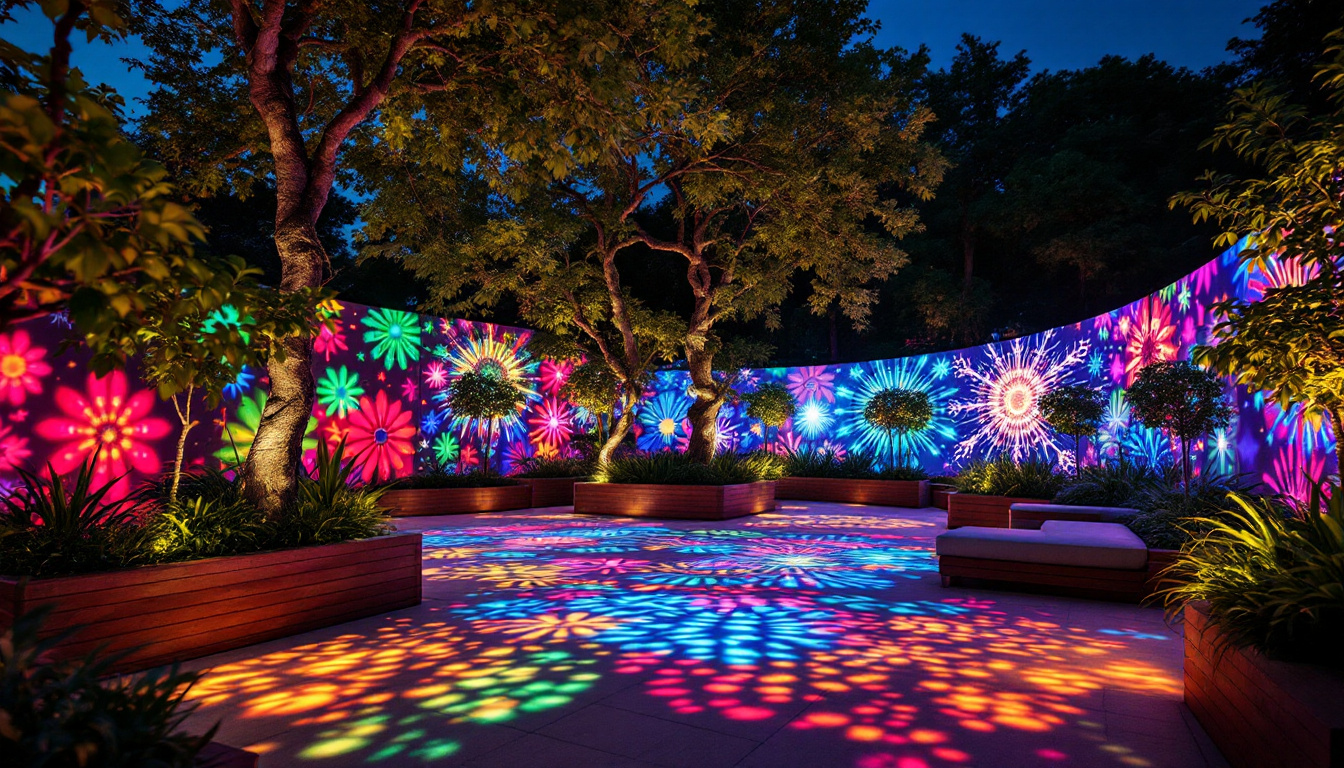Digital Out Of Home (DOOH) advertising has revolutionized the way brands connect with consumers in public spaces. As technology continues to evolve, LED displays have emerged as a powerful medium within this advertising landscape. This article delves into the intricacies of DOOH advertising, focusing on LED displays, their benefits, and their impact on marketing strategies.
Understanding Digital Out Of Home Advertising
Digital Out Of Home advertising refers to any digital advertising that appears outside of the home environment. This includes a variety of formats such as digital billboards, screens in transit stations, shopping malls, and even airports. Unlike traditional advertising, DOOH leverages digital technology to deliver dynamic content that can be updated in real-time.
The Evolution of DOOH Advertising
The transition from static billboards to digital displays marks a significant shift in advertising strategies. Initially, outdoor advertising relied heavily on printed materials, which required time and resources to update. The advent of digital technology allowed advertisers to rotate multiple messages on a single display, increasing visibility and engagement.
As technology advanced, so did the capabilities of DOOH advertising. Today, advertisers can use data analytics to tailor their messages based on audience demographics, weather conditions, and even traffic patterns. This level of customization enhances the effectiveness of campaigns, making them more relevant to viewers. Furthermore, the integration of real-time data allows brands to respond to current events or trends, ensuring their messaging remains timely and impactful.
Key Features of DOOH Advertising
One of the standout features of DOOH advertising is its ability to reach a broad audience. Unlike traditional media, which may target specific demographics, digital displays can attract a diverse range of viewers. This is particularly beneficial in high-traffic areas where footfall is significant. The strategic placement of these digital displays in urban centers, near public transport hubs, and within retail environments ensures maximum exposure, making them an essential component of any comprehensive marketing strategy.
Moreover, the interactive capabilities of LED displays allow for engaging content that can capture attention more effectively than static ads. Features such as touchscreens, augmented reality, and social media integration create immersive experiences that resonate with consumers. For instance, campaigns that encourage user participation through social media hashtags can create a sense of community and excitement around a brand. This not only enhances viewer engagement but also fosters a deeper connection between consumers and the brand, ultimately driving loyalty and repeat interactions.
Additionally, the flexibility of DOOH advertising allows brands to experiment with various creative formats, from short video clips to animated graphics, which can be particularly effective in conveying messages quickly and memorably. The ability to change content frequently means that advertisers can test different approaches and optimize their campaigns in real-time, ensuring they are always aligned with consumer interests and behaviors. This adaptability is a game-changer in the fast-paced world of marketing, where consumer preferences can shift rapidly.
LED Displays: The Backbone of DOOH Advertising
LED displays are at the forefront of the digital advertising revolution. Their vibrant colors, high brightness, and ability to display dynamic content make them an ideal choice for outdoor advertising. But what exactly makes LED displays so effective in the DOOH space?
Advantages of LED Displays
One of the primary advantages of LED displays is their visibility. The brightness of LED technology ensures that advertisements stand out, even in direct sunlight. This visibility is crucial in urban environments where competition for attention is fierce.
Additionally, LED displays are energy-efficient and have a longer lifespan compared to traditional lighting options. This not only reduces operational costs for advertisers but also aligns with sustainability goals, making them an attractive option for brands looking to enhance their corporate social responsibility.
Moreover, the durability of LED technology means that these displays can withstand various weather conditions, from rain to snow, without compromising performance. This resilience ensures that advertisers can maintain a consistent presence without the frequent maintenance that other display types may require. As a result, brands can invest in long-term advertising strategies that leverage the reliability of LED displays, further solidifying their market presence.
Content Flexibility and Real-Time Updates
Another significant benefit of LED displays is the flexibility they offer in content management. Advertisers can easily change messages, images, and videos to suit specific times of day or current events. This adaptability allows for timely promotions and campaigns that resonate with audiences.
Real-time updates also enable advertisers to respond to changing circumstances, such as weather conditions or breaking news. For instance, a restaurant might promote warm beverages during a cold snap, effectively capturing the attention of passersby seeking comfort.
Furthermore, the integration of data analytics with LED displays allows advertisers to tailor their content based on audience demographics and behavior. By utilizing sensors and tracking technologies, brands can assess foot traffic and engagement levels, enabling them to optimize their messaging strategies. This data-driven approach not only enhances the effectiveness of advertising campaigns but also fosters a deeper connection between brands and consumers, as messages can be personalized to meet the specific needs and interests of the audience at any given moment.
Impact of DOOH Advertising on Consumer Behavior
The effectiveness of Digital Out Of Home advertising, particularly through LED displays, has been the subject of numerous studies. Research indicates that DOOH can significantly influence consumer behavior, driving both brand awareness and purchase intent.
Enhancing Brand Recall
One of the key metrics in advertising is brand recall. Studies have shown that consumers are more likely to remember brands that utilize DOOH advertising compared to those that rely solely on traditional media. The dynamic nature of LED displays captures attention and creates memorable impressions.
Furthermore, the strategic placement of these displays in high-traffic areas ensures that brands are consistently in the line of sight for potential customers. This repeated exposure reinforces brand recognition and recall, ultimately leading to increased customer loyalty.
Influencing Purchase Decisions
DOOH advertising has also proven effective in influencing purchase decisions. The ability to showcase promotions, new products, or limited-time offers in real-time can create a sense of urgency among consumers. For instance, a flash sale advertised on an LED display can prompt immediate action from viewers.
Moreover, the integration of interactive elements allows consumers to engage with the brand directly. Touchscreens can provide additional information about products or services, facilitating informed decision-making. This engagement fosters a deeper connection between the consumer and the brand, enhancing the likelihood of conversion.
Challenges and Considerations in DOOH Advertising
While the benefits of Digital Out Of Home advertising are substantial, there are also challenges to consider. Advertisers must navigate various factors to ensure the success of their campaigns.
Content Creation and Management
Creating compelling content for LED displays requires creativity and strategic thinking. Advertisers must consider the limited time viewers spend looking at displays and craft messages that are concise yet impactful. This often involves collaboration with creative teams to produce high-quality visuals and engaging narratives.
Additionally, managing content across multiple displays can be complex. Brands need to ensure consistency in messaging while also tailoring content to different locations or audiences. This necessitates a robust content management system that allows for easy updates and scheduling.
Regulatory Compliance and Location Challenges
Another challenge in DOOH advertising is navigating regulatory compliance. Different regions have varying laws regarding outdoor advertising, including restrictions on content and placement. Advertisers must stay informed about these regulations to avoid penalties and ensure their campaigns are compliant.
Location also plays a crucial role in the effectiveness of DOOH advertising. While high-traffic areas are ideal for visibility, they may also come with higher costs. Advertisers must weigh the potential return on investment against the expenses associated with premium locations.
The Future of Digital Out Of Home Advertising
The future of Digital Out Of Home advertising looks promising, particularly as technology continues to advance. Innovations in artificial intelligence, data analytics, and audience measurement are set to enhance the effectiveness of DOOH campaigns.
Integration with Smart Technology
As smart technology becomes increasingly prevalent, the integration of DOOH advertising with smart devices presents exciting opportunities. Advertisers can leverage data from smartphones and wearables to tailor content based on user behavior and preferences.
This level of personalization can significantly enhance the relevance of advertisements, leading to higher engagement rates. For example, a fitness brand might display targeted ads for workout gear to individuals who frequent gyms or outdoor activities.
Augmented Reality and Interactive Experiences
Augmented reality (AR) is another trend poised to shape the future of DOOH advertising. By incorporating AR elements into LED displays, brands can create immersive experiences that captivate audiences. For instance, a cosmetics brand might allow consumers to virtually try on products through an interactive display.
This not only enhances engagement but also provides a unique way for consumers to connect with the brand. As technology continues to evolve, the possibilities for interactive and engaging DOOH advertising are virtually limitless.
Conclusion
Digital Out Of Home advertising, particularly through LED displays, has transformed the advertising landscape. With its ability to deliver dynamic, engaging content in high-traffic areas, DOOH offers brands a unique opportunity to connect with consumers in meaningful ways.
As technology continues to advance, the potential for innovation in DOOH advertising is vast. From real-time updates to interactive experiences, brands that embrace these changes will be well-positioned to capture the attention of their target audiences.
In a world where consumer attention is increasingly fragmented, DOOH advertising stands out as a powerful tool for brands seeking to enhance visibility, engagement, and ultimately, sales. As the industry evolves, it will be exciting to see how advertisers leverage these advancements to create memorable experiences for consumers.
Explore the Future of Advertising with LumenMatrix
Ready to elevate your brand’s presence in the bustling world of DOOH advertising? Discover how LumenMatrix’s innovative LED display technology can transform your advertising strategy. With a diverse range of solutions including Indoor and Outdoor LED Wall Displays, Vehicle LED Displays, and more, LumenMatrix is committed to revolutionizing visual communication. Engage and captivate your audience with clear, impactful messages by exploring LumenMatrix LED Display Solutions today.

